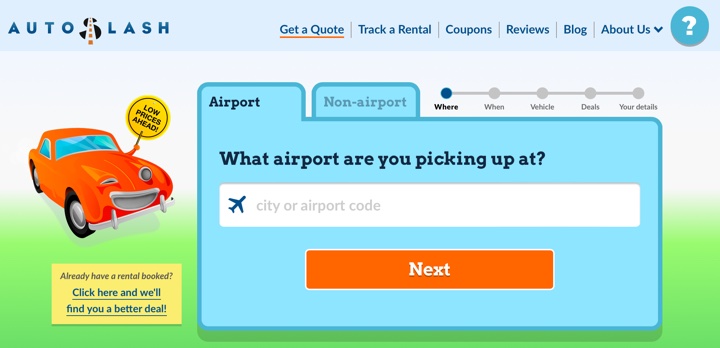
When you make a reservation at nearly every car rental website, you simply agree to a price and make a non-binding reservation without giving any payment information. You can cancel at any time, without penalty. I’m really not sure why this is still standard industry practice, but I guess it works for them.
AutoSlash takes advantage of this quirk by helping you repeatedly rebook whenever it manages to help you find a lower price. I just came across a “tip” from their blog where they discovered that you can get differing prices by changing your pick-up time by only a half-hour:
Instead of automatically booking your pickup time to be on the hour — say, 9 a.m. or 1 p.m. or 6 p.m. — ask for a second quote for the half hour before or after your original time — 9:30 a.m. or 1:30 p.m. or 6:30 p.m.
Skeptical that this car rental hack can work? Let’s look at a few examples. We ran a quote for a weeklong minivan rental at Salt Lake City International Airport (SLC), picking up and returning at noon. In this particular case, Alamo and Payless tied for the cheapest of the major car rental brands, delivering a price of $525. Then ran the same quote request at the same airport, for the same car at the same time, but bumped back the pickup and return time to 12:30 p.m. Alamo’s price dropped to $470, while Payless and Enterprise came in at $525. The upshot: If you booked with Alamo, you’d save 10% without breaking a sweat.
For a recent quote at San Francisco International Airport (SFO), we saw a whopping $143 difference in National’s price simply by shifting the pickup and return time by 30 minutes.
You can also potentially save money by changing the drop-off time by a half-hour or hour:
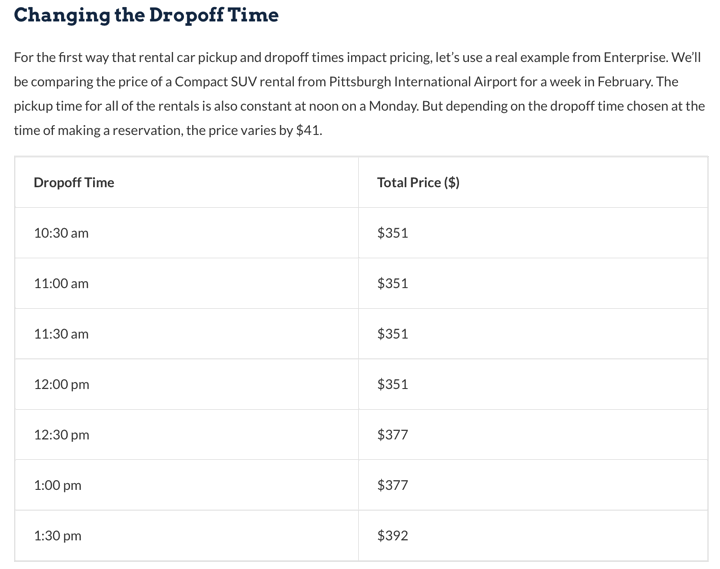
I tried this “half hour hack” with a few of my existing reservations, and strangely it did take off a few dollars per day on some of them! Not a huge savings, but definitely good to know. Honestly, just using Autoslash at all will probably save you much more money by itself. I’ve used Autoslash as “price drop insurance” for several years now; my old Autoslash review is still pretty much accurate.

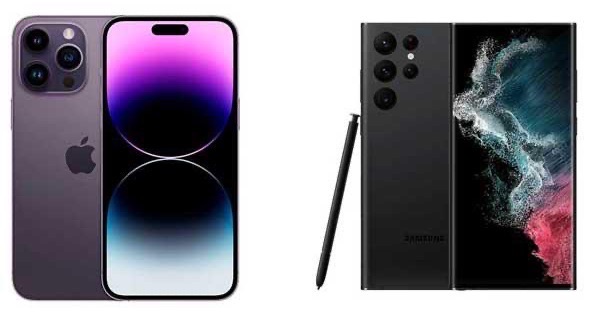
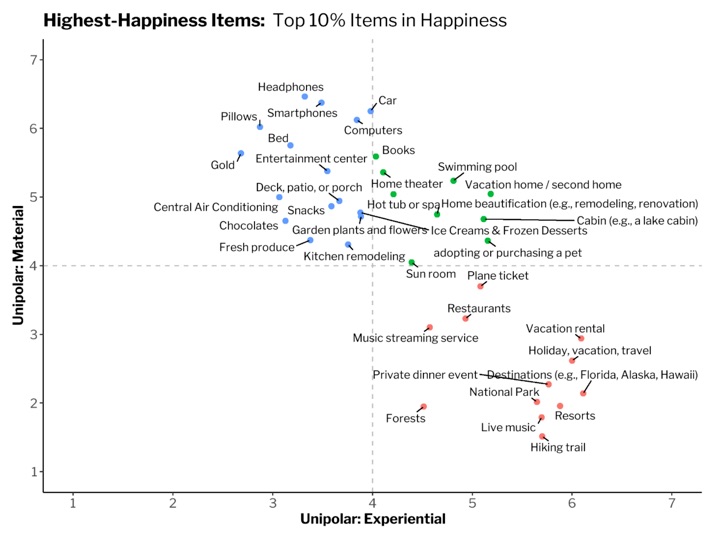
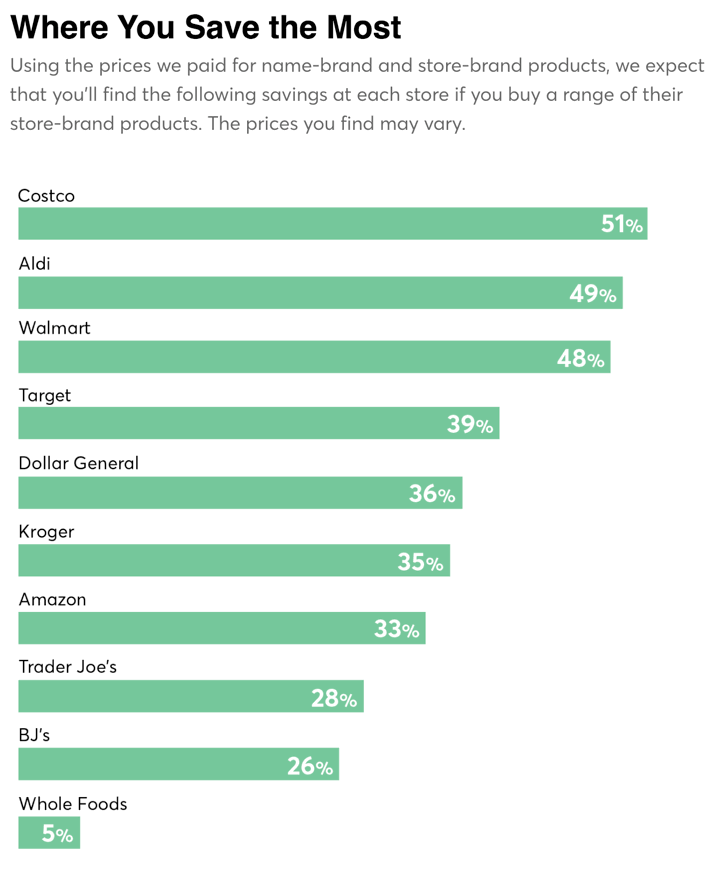


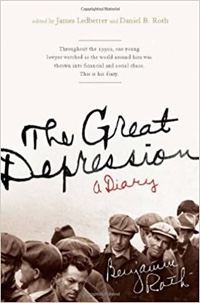

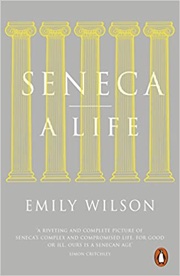
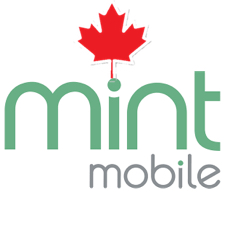 After a delay of two years, my family finally used up our flight credits and stash of hotel points to travel internationally to Vancouver and Whistler, British Columbia for some snow-filled fun. I was a bit worried about how well my “budget” cellular service
After a delay of two years, my family finally used up our flight credits and stash of hotel points to travel internationally to Vancouver and Whistler, British Columbia for some snow-filled fun. I was a bit worried about how well my “budget” cellular service 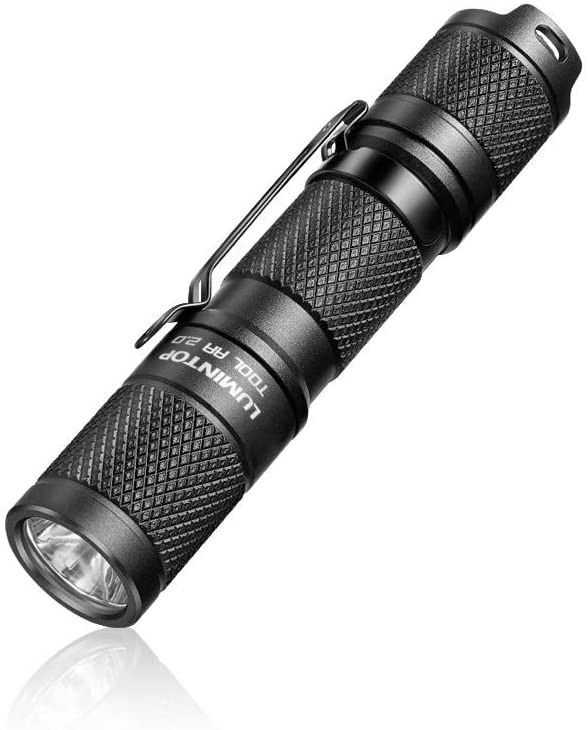
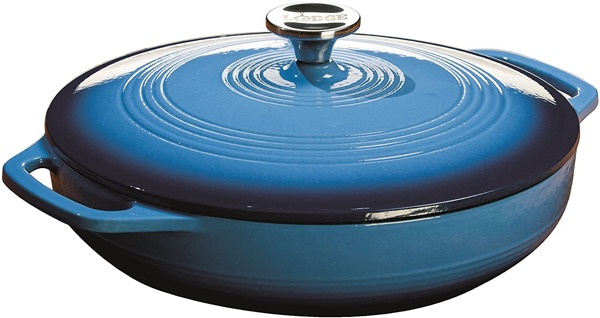
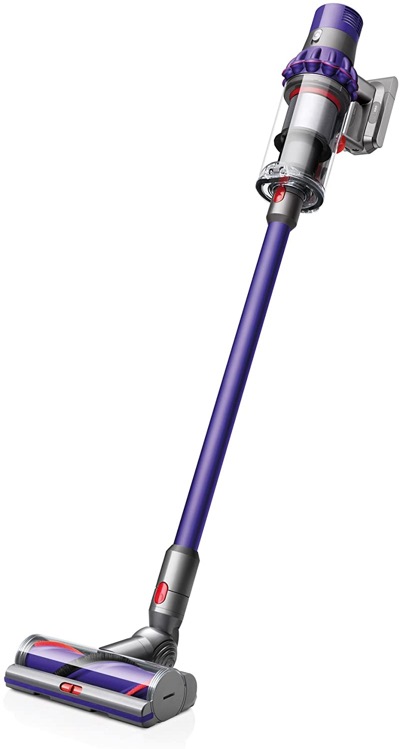
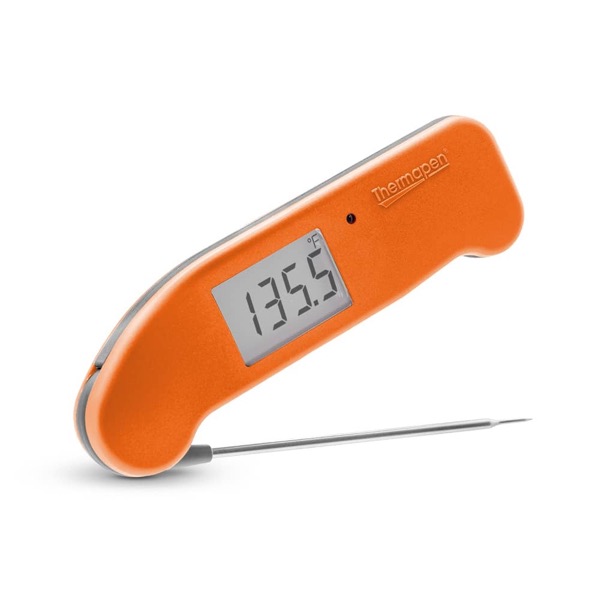

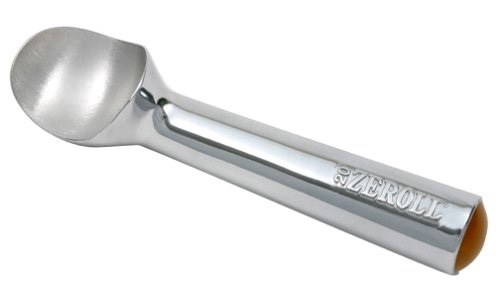
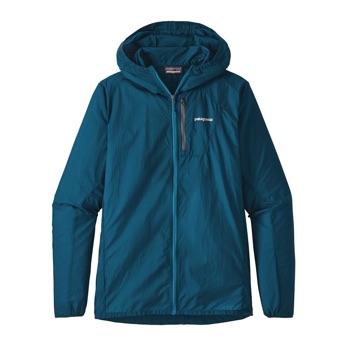
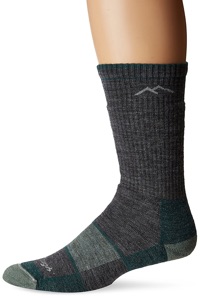

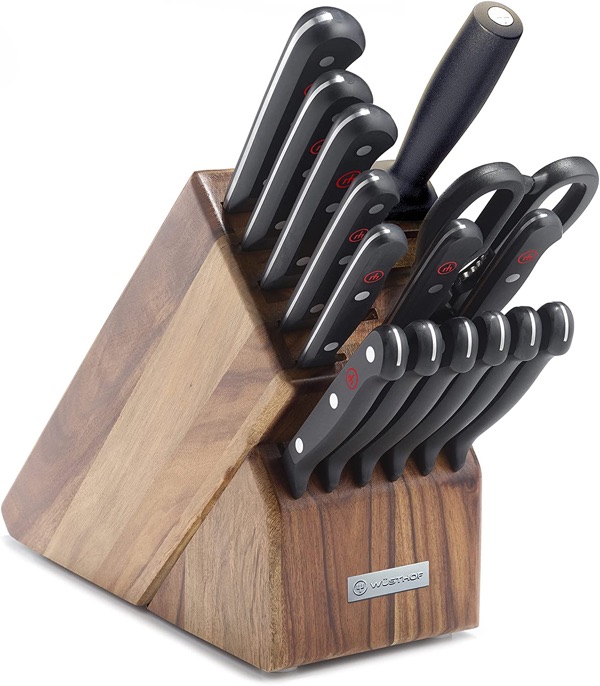
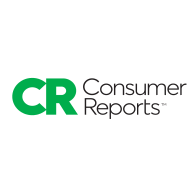 Consumer Reports has released updated results from their 2021 Car Owner Survey in the articles
Consumer Reports has released updated results from their 2021 Car Owner Survey in the articles 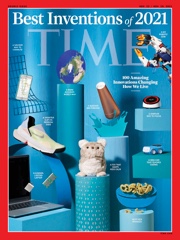 Time magazine has announced their
Time magazine has announced their 

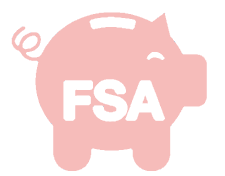 As we head into the last few months of 2021, this is a reminder to check on your Healthcare and Dependent Care Flexible Spending Accounts (FSA). This
As we head into the last few months of 2021, this is a reminder to check on your Healthcare and Dependent Care Flexible Spending Accounts (FSA). This 
 The Best Credit Card Bonus Offers – 2025
The Best Credit Card Bonus Offers – 2025 Big List of Free Stocks from Brokerage Apps
Big List of Free Stocks from Brokerage Apps Best Interest Rates on Cash - 2025
Best Interest Rates on Cash - 2025 Free Credit Scores x 3 + Free Credit Monitoring
Free Credit Scores x 3 + Free Credit Monitoring Best No Fee 0% APR Balance Transfer Offers
Best No Fee 0% APR Balance Transfer Offers Little-Known Cellular Data Plans That Can Save Big Money
Little-Known Cellular Data Plans That Can Save Big Money How To Haggle Your Cable or Direct TV Bill
How To Haggle Your Cable or Direct TV Bill Big List of Free Consumer Data Reports (Credit, Rent, Work)
Big List of Free Consumer Data Reports (Credit, Rent, Work)